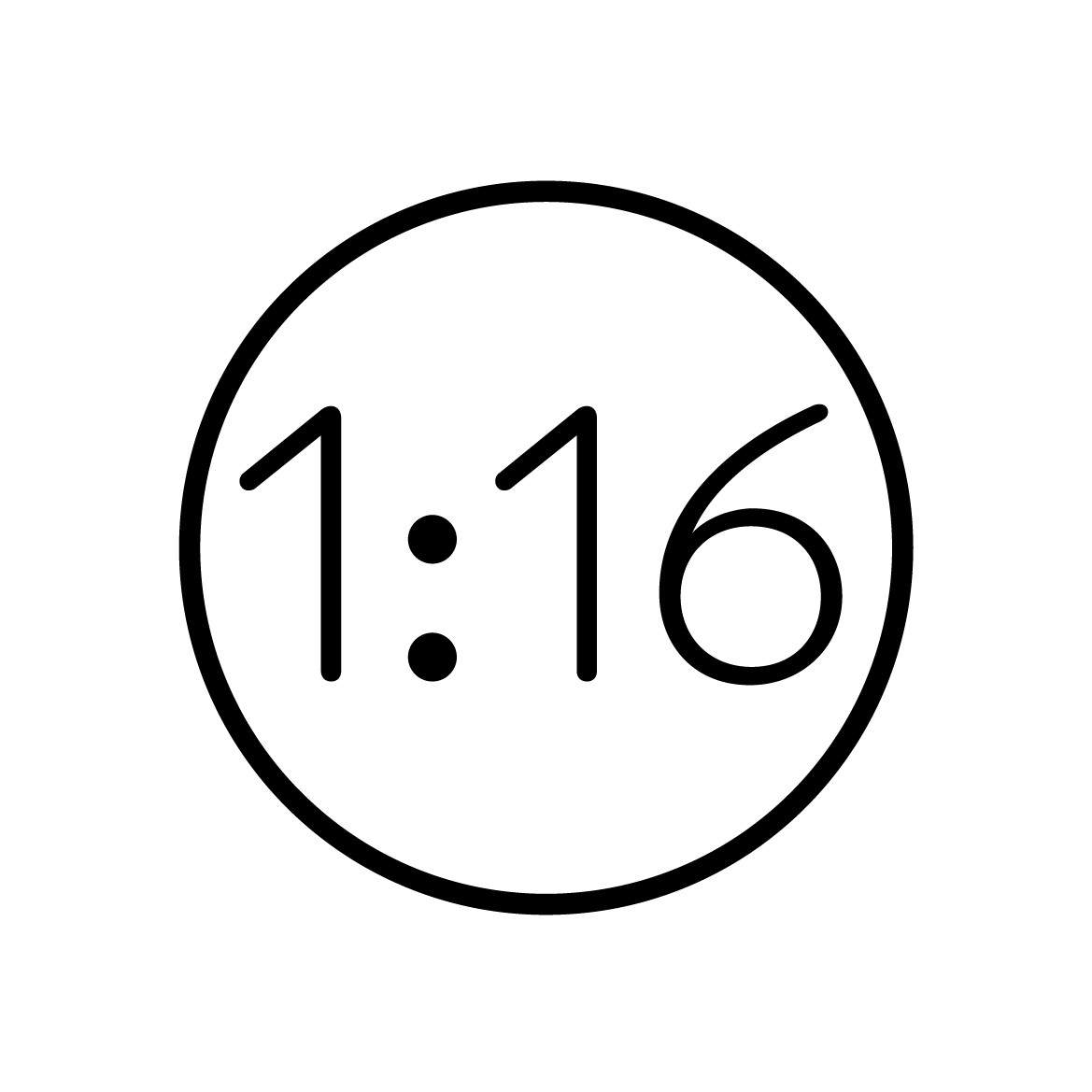Tatebanko - woodcut print diorama
立版古・たてばんこ
There was a tradition of paper diorama in Japan, called Tatebanko or Okoshi-e, from around the 17th century until the 1920s. They were woodcut prints, often designed by well known Ukiyo-e artists, commercially made and sold. They were very popular for a while, being displayed alongside the street with candles, to entertain people who went out for the evening breeze in summer. Because of their nature of being chopped up, glued and displayed, there rarely survived after being enjoyed as diorama.
This book, published by INAX in 1993, shows the amazing world in flat sheets and also reconstructed diorama. For example, the top picture together with one above ( the cover of the book ) are the original sheet of the diorama below – a modern station and train in the Meiji era.
日本には「立版古」または「起こし絵」と呼ばれた、木版画を切って作るジオラマの伝統がありました。17世紀ごろからお盆の飾り灯籠として始まり、明治から大正時代の中期にかけて数多くの浮世絵作家がデザインを競い、たくさんの種類が刷られて売られました。組み立てられた立版古は夕涼みの縁台にろうそくを灯して飾られたようですが、残念ながら、多くは楽しんだ後に壊れて捨てられるはかない運命で、切り抜かれる前の平面のまま残っているものも少ないようです。
『立版古 – 江戸・浪花 透視立体紙景色』と題されたこの本(INAX出版 1993年)には、貴重な原画とそれを再現したジオラマが紹介されています。表紙になっているのは、トップのイメージ(裏表紙)と合わせて明治期の駅舎と蒸気機関車とを組み立てた下のジオラマの原図です。
Other examples are showing the steel made Shinsaibashi bridge in Osaka, again in Meiji period, followed by tea ceremony house with dry garden and a boat with soldiers rowing.
つづく2枚は、明治に鉄橋になった浪花の心斎橋とその周辺、そして小さな茶室と船を漕ぐ兵隊のジオラマです。
The last picture is Tatebanko is depicted in an Ukiyo-e, made by Utagawa Kuniyoshi (1797 – 1861), showing a pair of scissors and a ruler beside the cut out pieces of paper. Kuniyoshi is a famous artist who also made some Tatebanko.
最後の一枚は、浮世絵の中に立版古が描かれています。にぎり鋏と竹の物差しが、当時の道具をしのばせます。歌川国芳 (1797 – 1861)の作のようですが、彼も立版古を制作した浮世絵氏のひとりでした。






